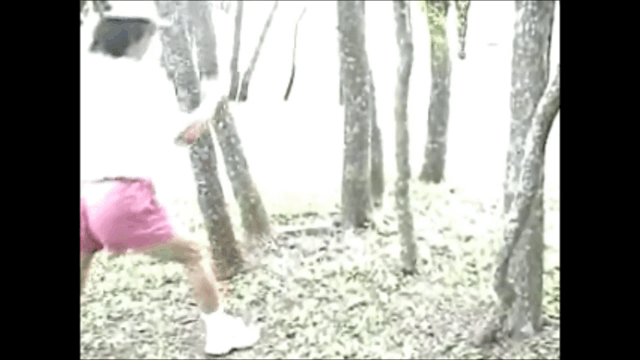Dynamic punch is always more powerful than static punch.the momentum adds power to your punching.
The "sliding step" has the following issues.
- If you start from a side way stance, when you step in your leading leg, you can't step in very far. If you coordinate your punch with your leading leg, your reach can be limited.
- If you coordinate your punch with your back leg, when you step in your leading leg, your punch has not been fully issued yet. Your opponent may have a chance to foot sweep your leading leg right at that moment.
- When you slide in your back leg, it makes this footwork to be 2 steps instead of 1 step (1 is always better than 2).
How do you solve those issues?
If we look at this video and assume he starts with side stance. His footwork really is:
1. Move back foot in front of front foot (full step).
2. Move back foot forward to touch leading foot (half step).
3. Move the leading foot forward after that (half step).
1 is normal walking step. 2 and 3 are "skipping step" (step, hop).
Last edited:

